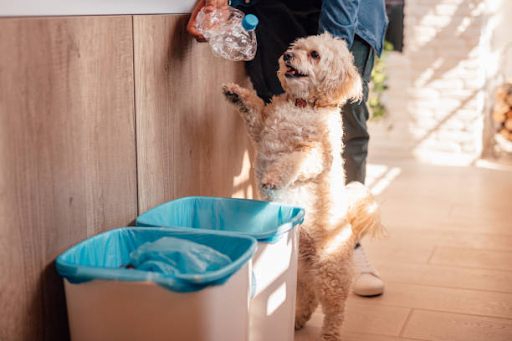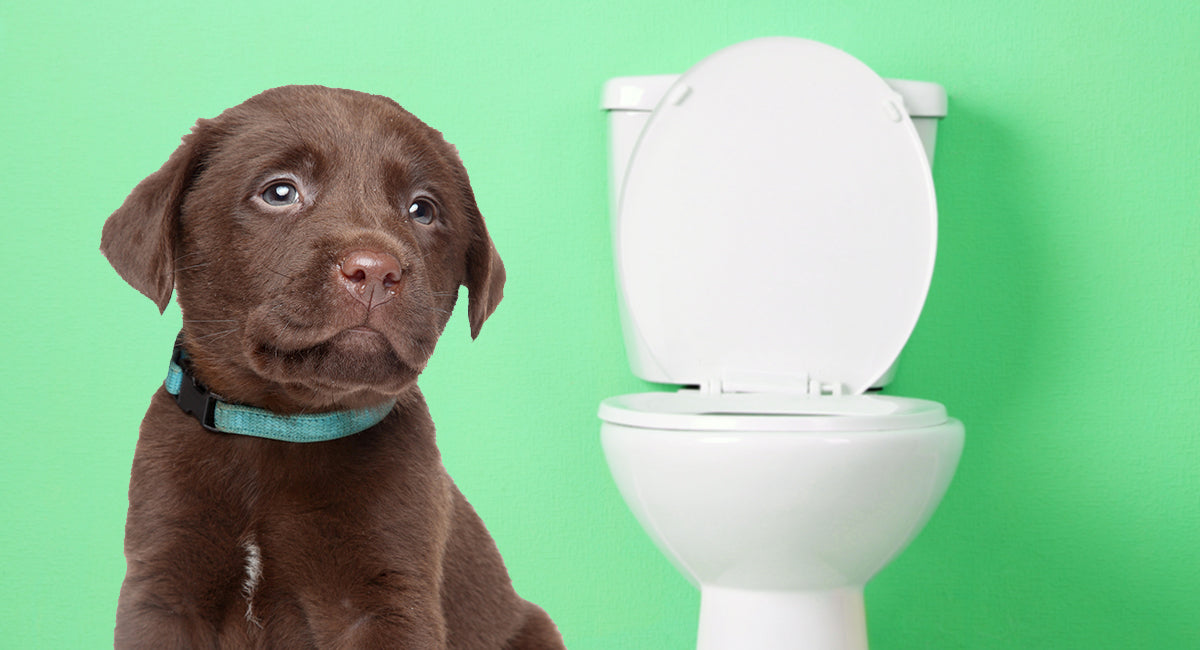Dog waste pollution is a pressing issue that affects our environment and communities. Did you know that a single gram of dog waste contains millions of harmful bacteria? Improper disposal of dog waste not only poses health risks to humans and animals but also contributes to water contamination and environmental degradation. That's where dog waste stations play a crucial role. These dedicated stations provide a convenient and responsible solution for dog owners to dispose of their pet's waste properly. In this blog, we will explore the significance of dog waste stations in preventing pollution, promoting cleanliness, and creating healthier communities for everyone to enjoy.
The Environmental Impact of Dog Waste Pollution
The hazards and risks associated with untreated dog waste are significant. Dog waste contains harmful bacteria, parasites, and viruses that can pose health risks to humans and animals. When left untreated, it can contaminate water sources such as rivers, lakes, and groundwater. This pollution can have severe consequences on aquatic ecosystems, disrupting the balance of aquatic life and harming sensitive organisms. Moreover, the nutrients present in dog waste can lead to excessive algae growth, depleting oxygen levels in water bodies and causing harm to fish and other aquatic organisms. It's crucial to address these environmental impacts by adopting responsible waste management practices and utilizing dog waste stations to prevent further pollution.
What Are Dog Waste Stations?

Dog waste stations are designated areas equipped with essential tools to address the pinpoints of dog waste management. These stations serve a vital purpose in promoting responsible pet ownership and maintaining clean public spaces. A typical dog waste station consists of a few key components. Firstly, it includes a sturdy dispenser filled with waste bags, readily available for dog owners to use. Additionally, a waste receptacle or bin is provided for the proper disposal of collected waste. Some stations may also feature informative signage to raise awareness about the importance of using the station and following proper waste disposal practices. These elements work together to encourage dog owners to responsibly pick up after their pets and keep our communities clean.
Benefits of Dog Waste Stations
Dog waste stations offer numerous advantages that address the pinpoints of dog waste pollution. Firstly, they encourage responsible dog ownership and waste management practices. By providing convenient disposal options, these stations promote a cleaner environment and discourage irresponsible waste abandonment. Secondly, they effectively reduce the presence of unsightly and unhygienic dog waste in public areas, enhancing the overall cleanliness and aesthetic appeal of parks, trails, and other shared spaces. Additionally, dog waste stations play a vital role in minimizing the spread of diseases and parasites, safeguarding the health of both humans and animals. With their multifaceted benefits, these stations contribute to a healthier, more enjoyable environment for everyone.
How Dog Waste Stations Work
Using a dog waste station is easy and plays a vital role in keeping public spaces clean. Here's a step-by-step guide to help you make the most of these stations:
Locate the station: Look for the designated dog waste station in your area, usually found in parks or walking trails.
Grab a bag: Take one of the provided waste bags from the dispenser attached to the station. These bags are designed specifically for dog waste.
Pick up the waste: Use the bag to carefully pick up your dog's waste. Make sure to address the pinpoints and collect all waste materials.
Seal the bag: Tie a secure knot at the top of the bag to seal it, trapping the waste inside.
Dispose of properly: Look for the waste bin nearby the station and drop the sealed bag inside. Emphasize the importance of using the provided waste bins for proper waste disposal.
By following these simple steps, you contribute to a cleaner environment and show responsible dog ownership. Remember, using the provided bags and disposing of waste properly is crucial for maintaining cleanliness and preventing pollution.
Types of Dog Waste Stations
When it comes to combating dog waste pollution, different types of dog waste stations offer effective solutions. Bag-only stations are designed to provide dog owners with easy access to waste bags for immediate disposal. These stations are equipped with durable dispensers that hold bags for convenient use. On the other hand, bag-and-bin stations offer a comprehensive solution by combining waste bag dispensers with waste bins for proper waste containment. These stations often feature helpful signage to guide users and ensure proper usage. Additionally, station variations may include features like waste can liners to facilitate easy maintenance and promote cleanliness. By understanding these different types, dog owners can select the most suitable dog waste station that addresses their specific needs.
Implementing Dog Waste Stations in Public Spaces

Dog waste stations offer numerous benefits for municipalities and community organizations. Firstly, they address the pinpoints of dog waste pollution by providing designated areas for waste disposal, minimizing the presence of unsightly and unhygienic waste in public spaces. Secondly, installing and maintaining these stations require careful consideration. Factors like optimal placement, accessibility, and regular servicing should be taken into account to ensure their effectiveness. Moreover, funding options and resources are available to support the setup of dog waste stations, such as grants, partnerships with local businesses, and community fundraising efforts. By implementing these stations, communities can create cleaner and healthier environments while promoting responsible pet ownership.
Promoting Awareness and Responsible Behavior
Addressing the importance of using dog waste stations is vital in fostering responsible waste management among dog owners. Education plays a key role in this endeavor. By raising awareness about the benefits of utilizing these stations, we can encourage proper waste disposal practices. Community campaigns and initiatives can be effective in spreading the message. These efforts can include distributing informative brochures, organizing community clean-up events, and partnering with local organizations. Moreover, educating dog owners about waste disposal etiquette and hygiene practices is crucial. By promoting responsible behavior, we can create a cleaner environment, reduce pollution, and ensure the well-being of our communities and beloved furry friends.
Conclusion
In conclusion, dog waste stations play a crucial role in preventing pollution and creating cleaner, healthier communities. By providing convenient and accessible solutions for responsible dog waste management, these stations significantly reduce the environmental impact of untreated dog waste. Did you know that a single gram of dog waste can contain millions of harmful bacteria? With the widespread implementation and usage of dog waste stations, we can mitigate the risks associated with dog waste pollution, protect our water sources, and preserve the beauty of our public spaces. Let's embrace the importance of responsible dog ownership, encourage the installation of more dog waste stations, and work together to build a safer and more sustainable environment for all.
Frequently Asked Questions (FAQ)
Answer: Yes, using dog waste stations is still important even if you have a backyard. Properly disposing of dog waste in designated waste stations helps prevent contamination of soil, groundwater, and potential health risks for other animals and humans.
Answer: Dog waste stations can contribute to environmental sustainability when designed with eco-friendly features, such as biodegradable waste bags and proper waste disposal methods that align with local regulations.
Answer: Yes, dog waste stations are designed to be user-friendly. They typically provide waste bags for easy cleanup and offer waste bins or receptacles to dispose of the collected waste.
Answer: Dog waste stations are typically installed in public parks, trails, and other outdoor areas frequented by dog owners. They are often placed in strategic locations for easy access and visibility.



